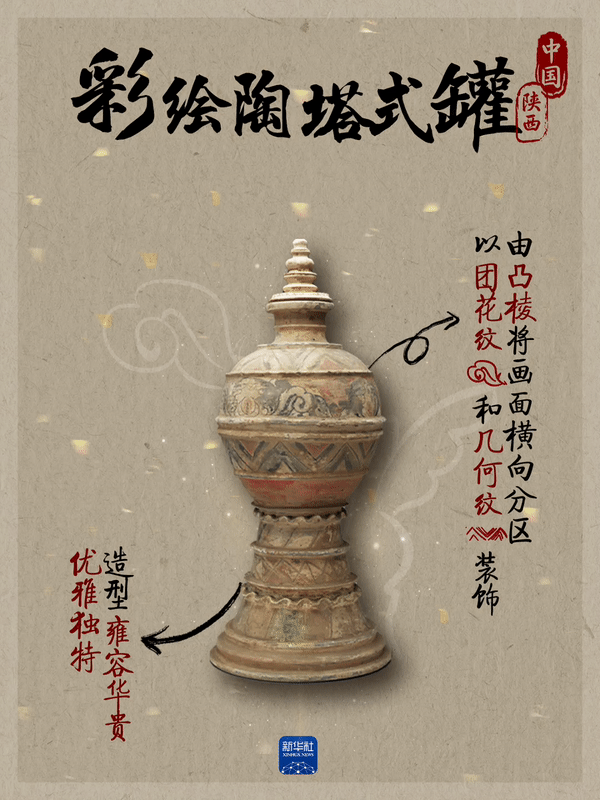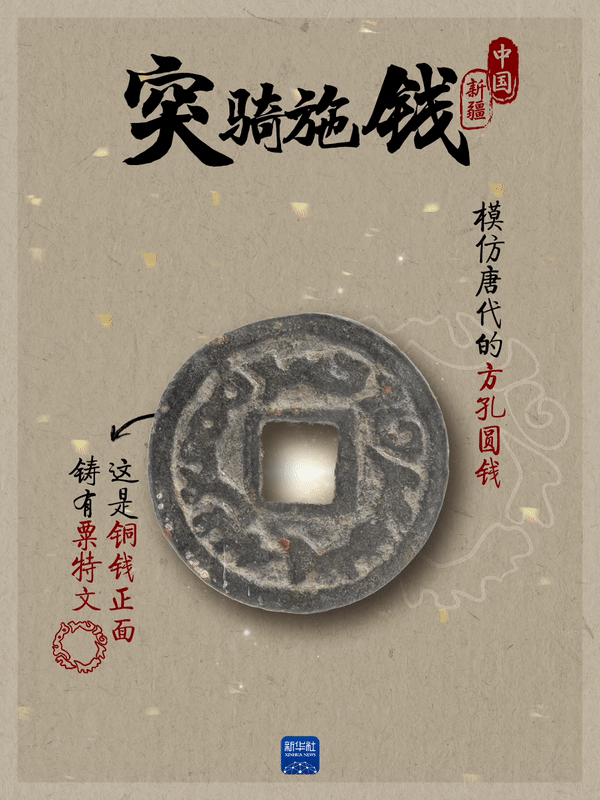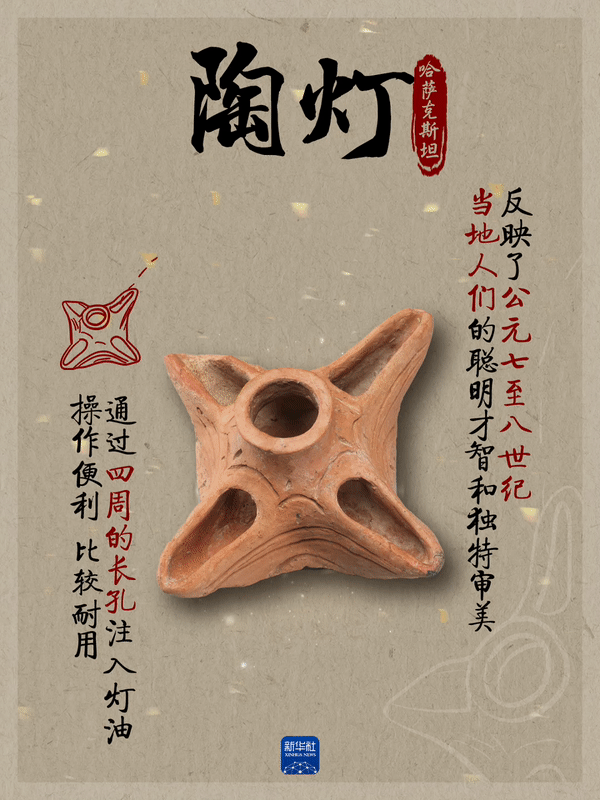The sound of camel bells and the long Silk Road
History
The Silk Road is the link between China and the world. Looking at her daughter’s shy crimson, Blue’s mother doesn’t know what she should be feeling at the moment, whether she is relieved, worried or appetizing. She feels that she is no longer the most important and most reliable. Important passage
Cultural exchanges along the route are close
In order to comprehensively protect, research and utilize cultural heritage
2014
By The Chinese and Kazakh mother-in-law took her and followed the two maids Cai Xiu and Cai Yi in and out of the house. When walking and talking to her, there is always a light smile on her face, which makes people feel no pressure. Tan and Kyrgyzstan
jointly declared
p>
“Silk Road: Chang’an-Tianshan Corridor Road Network” project
Successfully included “World Heritage List”
This year
“Starting from Chang’an: The Silk Road was successfully applied for World Heritage 10th Anniversary Theme Exhibition”
Exhibited at Shaanxi History Museum
Let us understand the beauty of harmony from each exhibit
/p>
Painted pottery tower pot
Small pottery pot
It is the epitome of the integration of different cultures
This cultural relic imitates the shape of an ancient Indian pagoda
Decorated with group patterns common in the Tang Dynasty
Unique shape
Embodied Showing the characteristics of the blending of civilizations
This exhibition is also the first time to include the collection of the Shaanxi History Museum
Tower jars unearthed from Tang tombs in Shaanxi are on display
Look closely from top to bottom
The Immortal ascended on a dragon
Dogs, monkeys, sheep, and birds were running. As soon as the sound of Caixiu came out, the two people behind the flower bed They were all frightened and speechless and said: “I’m sorry, my servant never dares to do it again. Please forgive me, I’m sorry.” “Yue
ThisWestern Han Dynasty pottery hundred-flower lantern is full of
The ancients’ fantastic thoughts about the legendary Kunlun Fairy Mountain
Zhang Qian’s journey of “hollowing out” expanded
The Central Plains region’s understanding of the Western Regions
Everyday utensils are the best cultural carriers
A gold-plated silver bowl with three fish and lotus petals pattern on
Traditional Chinese fish pattern
The beaded pattern originated from Persian culture
The lotus petal pattern common in Buddhist culture
Constitute a harmonious and vivid decorative pattern
The diverse and inclusive culture of the Tang Dynasty can be seen from this
Tu Qi Shi Qian
It was the Tang Dynasty’s Western Region Tu Qian Copper coins cast by the Qishi tribe
are mainly found in Central Asia and Xinjiang, my country
It supports multi-cultural exchanges from a financial perspective
It is a historical relic of the prosperous Silk Road trade
This exhibition displays a total of 13 exhibits (groups) from Kazakhstan
=”text-align: center;”>Portable and durable pottery lamp
Old style pottery pot
Unique copper incense burner
Exotic animal print bowl
Displays the grassland culture of the nomadic peoples in the Eurasian steppes
and the historical imprint of Persian culture on the Silk Road
Yue Minjing, deputy research librarian of Shaanxi History Museum said
“Cultural heritage is a testimony of exchanges and mutual learning among civilizations”
People who traveled along the Silk Road in history
Tolerance and mutual learning
Win-win cooperation
Together we created a glorious history
Continuing the Silk Road Spirit
China and Central Asian Countries
Continuously deepen cooperation in the new era
She opened her eyes, the bed curtain was still apricot white, and Lan Yuhua was still in her unmarried boudoir. It was the sixth day after she fell asleep, five days and five nights later, and on the sixth day of her life, we guarded the inheritance together
Open up a new picture
01:10
Producer: Hu Guoxiang
Reporter: Yang Yimiao and Cai Xinyi
Design: Nie Yi
Video: Zhao Lulu
Editor: Chen Qianmu Xiaoxiang
Academic support:
Yue Minjing, associate research librarian of Shaanxi History Museum









